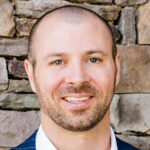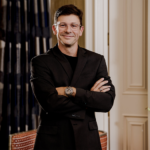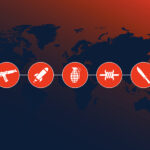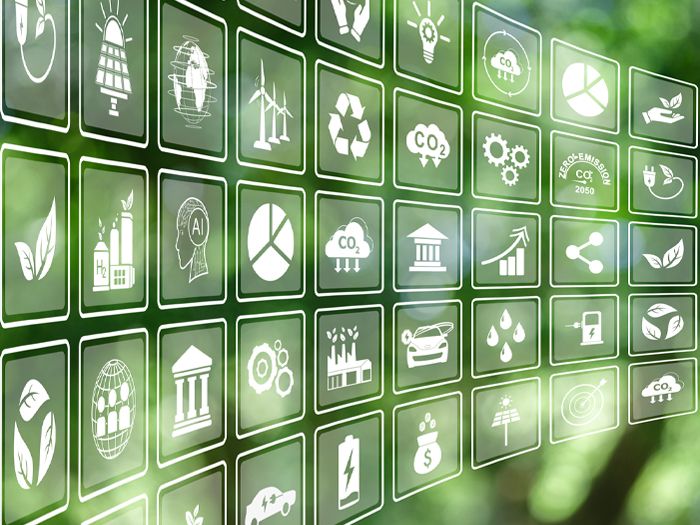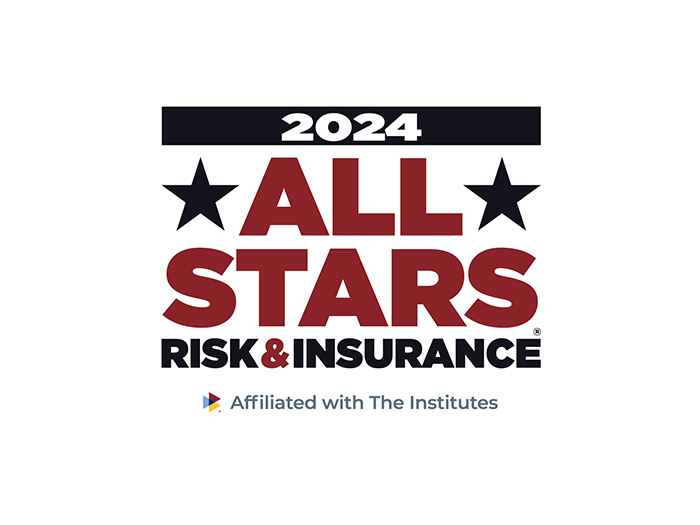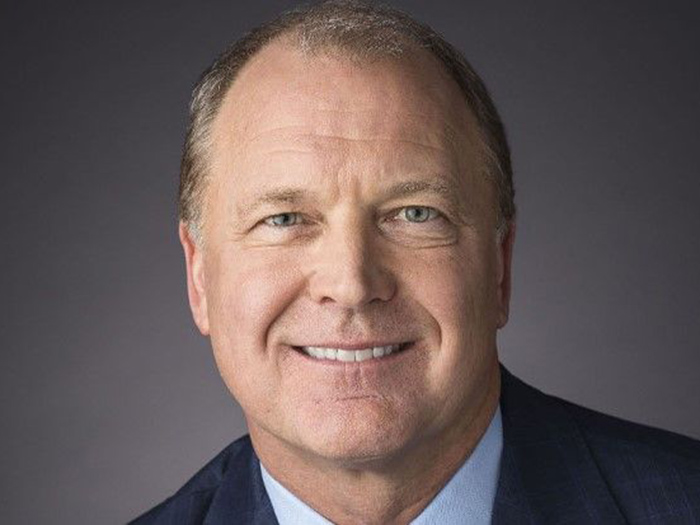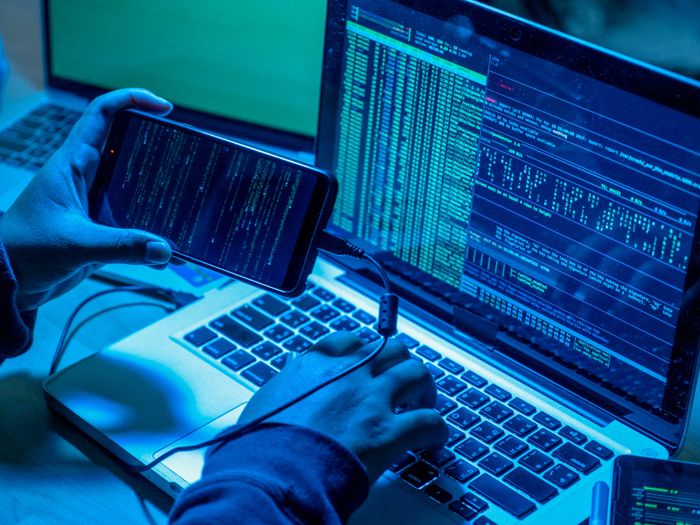Wearable Devices
Data From the Front Line
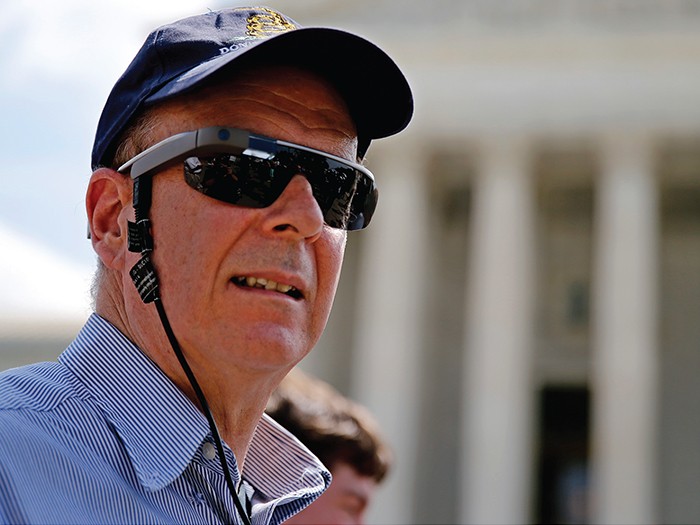
The insurance industry has so far used wearable technology as either a post-event tool — to track a workers’ comp claimant’s physical progress and treatment compliance after an injury, for example — or as an incentive to get insureds to live healthier lifestyles and reduce losses for the insurer.
But incorporating wearables into the workforce on a broader scale has other advantages. Hopes are that they can help claims managers expedite the process and help risk managers avoid incidents altogether.
Transportation and logistics companies already make use of tracking and data recording devices in vehicle fleets to track speed, idling time and rates of acceleration, among other metrics.
In the event of an accident, that data can be used to either vindicate or build a case against a driver. It tells claims managers what really happened. Wearable devices embedded or attached to a worker’s clothing could serve a similar purpose.
VIDEO: This animation by Deloitte shows how wearable technology could enhance safety in the mining industry.
“In the event of an accident or injury, wearables that detect motion or location by GPS could determine where an employee was, how fast they were moving or how far they fell.
“Wearables may allow you to gather more information about what transpired during an event and what led up to it,” said Tom Heebner, senior vice president and risk consultant, HUB International.
“There’s usually not much objective data to understand that cause and effect of events that led to a claim.”
Rather than interviewing a claimant and other witnesses, an adjuster could simply review data logs to ascertain some of the details of an incident.
Safety and Injury Prevention
Wearables equipped with GPS tracking can also impact safety in high-risk industries and prevent claims from happening at all.
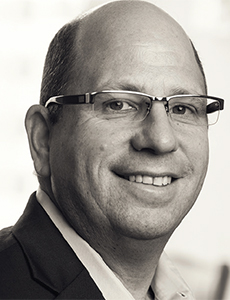
Zack Craft, vice president of rehab solutions and complex care education, One Call Care Management
“On a construction site, for example, supervisors could set parameters around a specific area where an individual shouldn’t go because they may not have the right level of training or the area could be of higher risk,” said Zack Craft, vice president of rehab solutions and complex care education, One Call Care Management.
“Workers equipped with a wearable device would be notified by an alarm if they enter an off limits or possible high-risk area.”
Similarly, a wearable that can detect environmental toxins could alert a worker to high concentrations of a harmful substance it’s been programmed to sniff out. Certain airborne toxic substances are undetectable by smell; workers wouldn’t be able to sense when they are reaching dangerous levels.
In addition to alerting workers, the device could transmit data back to management so they can track trends in toxicity levels or pinpoint locations that are most hazardous.
Honeywell and Intel have already launched a product that does just that, called “The Connected Worker” solution. This system makes use of several sensors in a self-contained breathing apparatus, a heart rate monitor, and several smaller devices that detect toxic gases, motion and “non-verbal gestures.”
The devices send data back to a hub that compiles the information and displays it on a cloud-based dashboard, giving plant managers and supervisors real-time reporting that allows them to anticipate and respond to unsafe conditions.
“I see this having broad applications. Some industries have a higher degree of hazard or rates of incidents — like construction and manufacturing,” said Heebner.
“There are also tons of benefits for any company with a mobile workforce. … If you have employees that are on their own all day, monitoring devices allows them to provide feedback to either reduce hazards or boost productivity.”
Tracking capabilities can also be used for remote workers or first responders. In an emergency, supervisors could locate their workers and get them to safety faster.
Catastrophe Response
Wearables help adjusters provide real-time feedback in a catastrophe claim. Google Glass has already been used for this purpose on a small scale by Alpharetta, Ga.-based adjusting firm National ConnectForce Claims.
In order to expedite claims, NCC can equip our first wave of adjusters with Google Glass. Our first wave can literally be the eyes and ears for remote experts.” — Matt Anderson, chief operating officer, National ConnectForce Claims
“We have a number of clients that depend on us for earthquake response and we are constantly training and preparing for the next big one,” said Matt Anderson, chief operating officer.
“One challenge the insurance industry will face following an earthquake is limited availability of experts like engineers. In order to expedite claims, NCC can equip our first wave of adjusters with Google Glass. Our first wave can literally be the eyes and ears for remote experts.”
Transmitting that data saves travel time for those remote experts who, according to Anderson, can spend more than six hours traveling between sites after a CAT event.
Roadblocks to Implementation
A few obstacles prevent widespread adoption of wearable technology — foremost is privacy. Many employees would balk at the idea of being constantly tracked and monitored. And the storage of personal data poses risks in the event of a breach.
But One Call’s Craft said he thinks the risk is limited, because much of the data collected isn’t personally identifiable information.
Getting people to embrace [wearables] will take communicating it the right way.” — Tom Heebner, senior vice president and risk consultant, HUB International
Developers and users of wearable devices will have to determine what might fall under HIPAA protection.
Generational difference will affect the perception of intrusiveness versus usefulness, Craft said. Millennials, the bulk of the wearables customer base, are used to digital technology in every aspect of their lives.
According to a PwC report, more than half of millennials will purchase some type of wearable fitness tracker in the consumer market in 2016.
Older generations are more likely to see wearable devices as intrusive and unnecessary. But that perception can be changed if employers and insurers cast wearable tech in a positive light and highlight its purpose as a safety tool.
“A lot of it comes down to the employer’s intent and how they deliver that message,” Heebner said, the same with other safety equipment.
“Whether we want people to wear respirators or be able to track their vehicle with a telematics system. A major benefit of monitoring is to ensure productivity, but safety and risk management are major drivers as well. Getting people to embrace it will take communicating it the right way.”
Craft and Heebner both noted that workers historically reacted negatively to equipment that is now standard, such as lumbar vests and safety goggles. They said once people realize the benefits for their safety, they become more amenable to an idea.
A second obstacle is the relatively narrow applications that most wearable devices have. Going back to the worker exposed to hazardous substances, his wearable may be able to detect high concentrations of carbon monoxide, but not hydrogen sulfide.
The vest of a construction worker may be able to measure heat exposure, but not heart rate or blood pressure.
“Real value will emerge when wearables can be a solution to multiple problems and provide a variety of data,” Heebner said.
Until then, many risk managers and CFOs won’t see wearables as worth the investment.
“The most exciting part about wearable technology,” said Heebner, “is that if there isn’t something today, there will be something tomorrow.”

